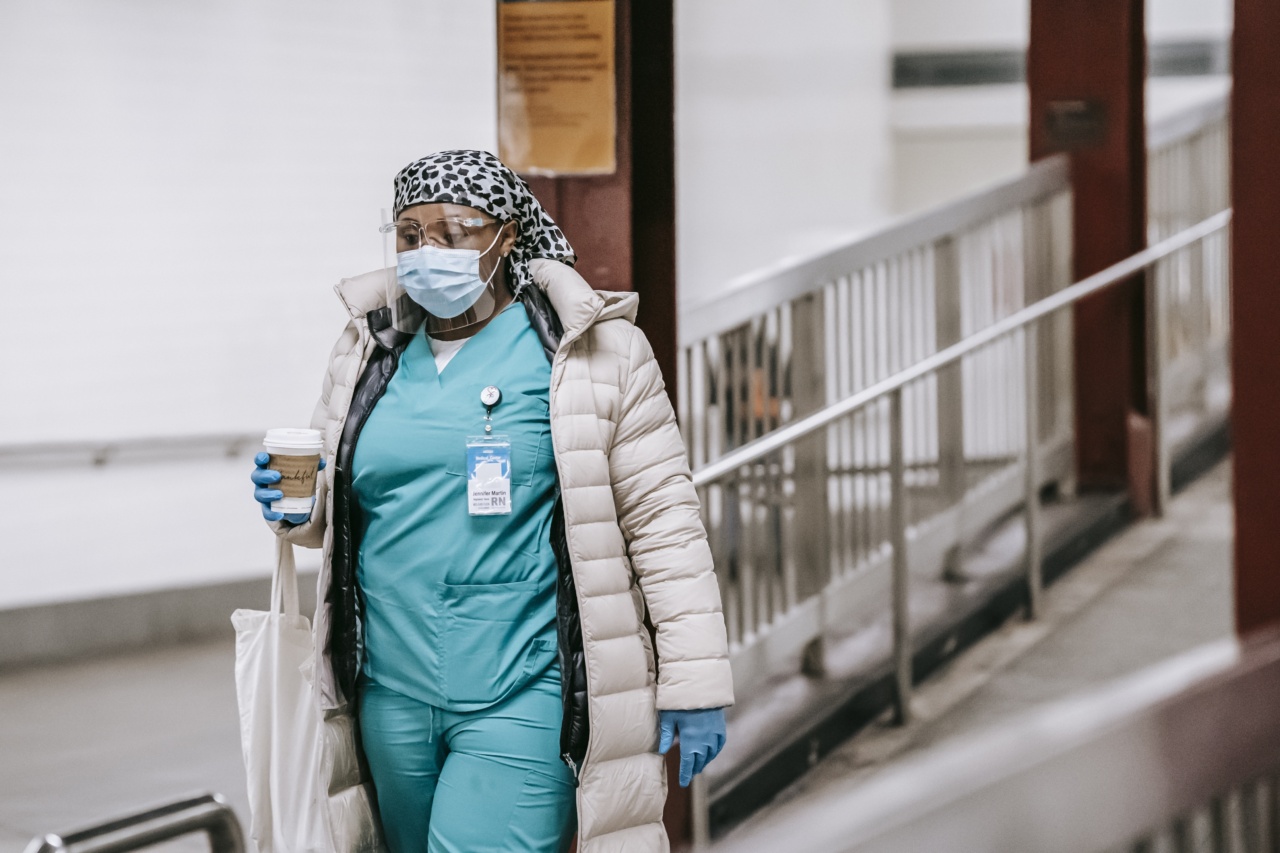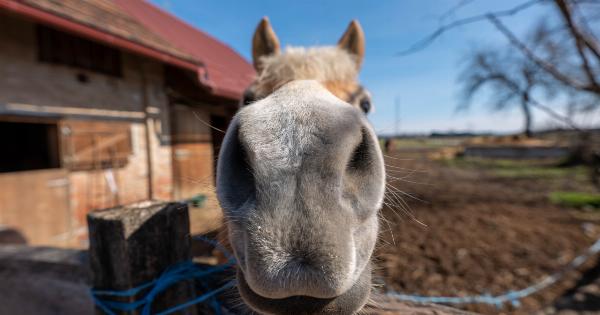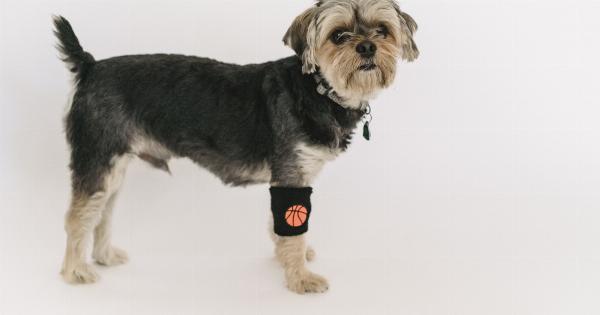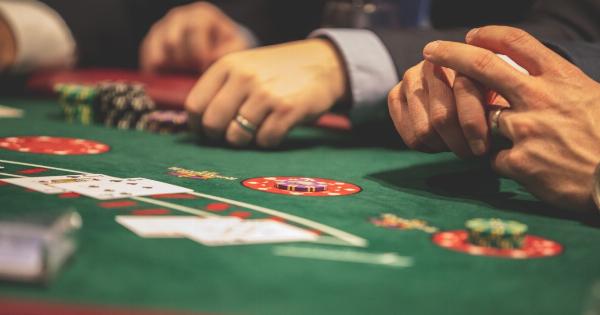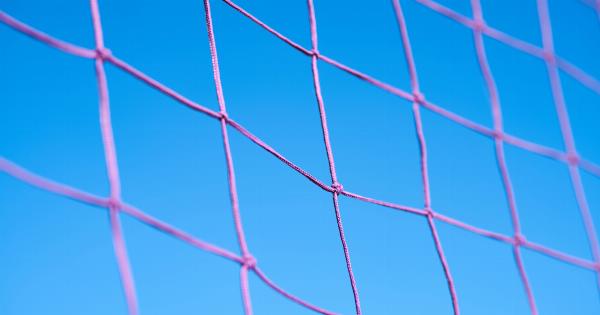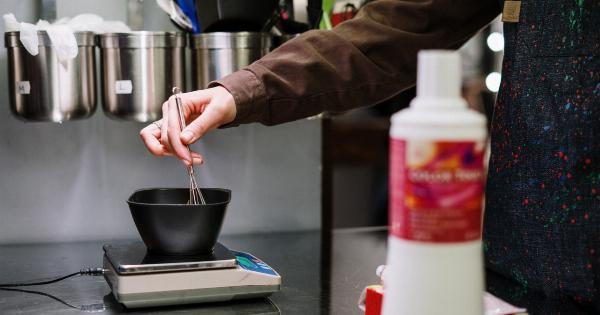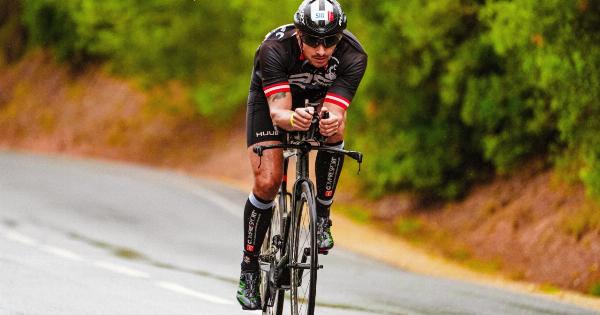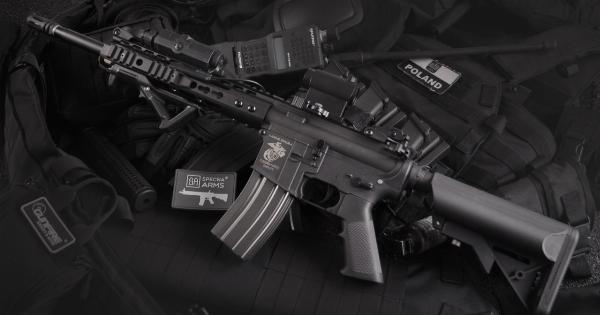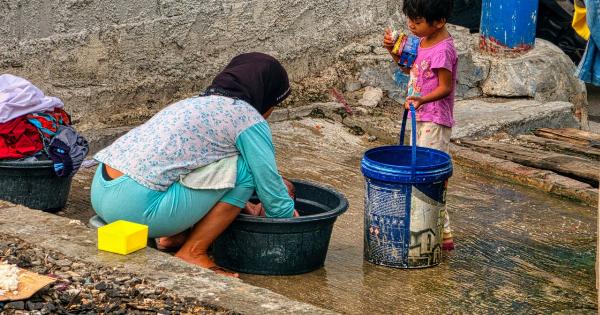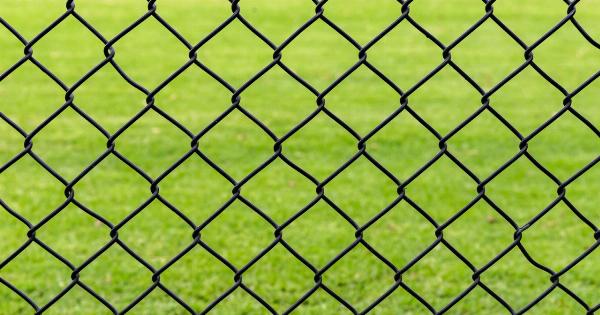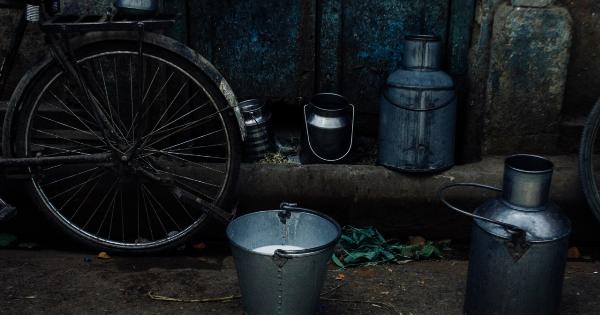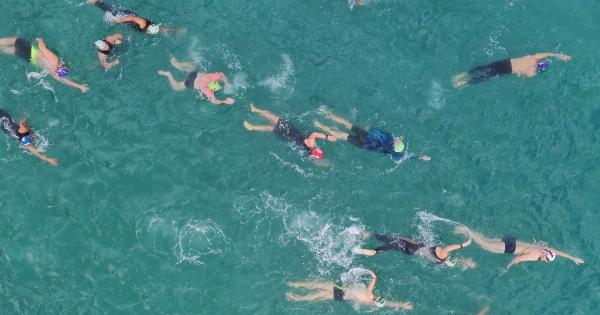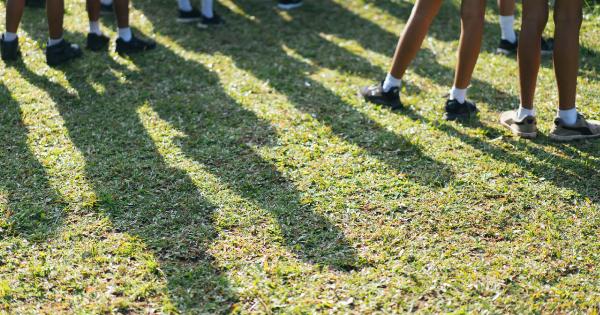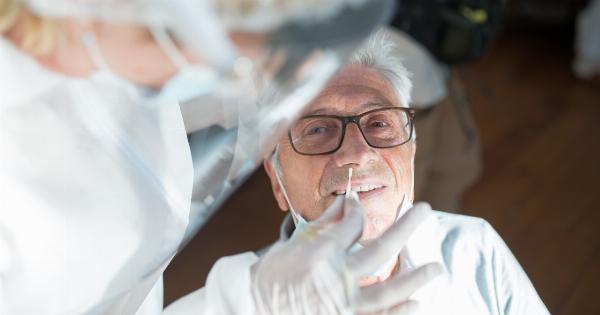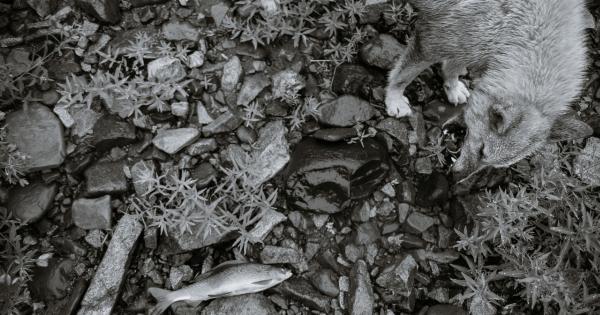Your nose serves multiple important functions in your daily life. It aids in breathing, filters out impurities, and contributes to your overall facial structure.
However, it is also vulnerable to injuries, with a broken nose being one of the most common facial fractures. A broken nose can not only be painful but also affect your appearance and breathing. Fortunately, there are various steps you can take to protect your nose and prevent breaks.
In this article, we will explore these preventative measures to help you safeguard your nasal health.
Understanding the Anatomy of the Nose
Before delving into the specifics of nose protection, it’s important to appreciate the anatomy of your nose. The nose is made up of bone, cartilage, and soft tissues.
The upper part of the nose consists of bone, while the lower portion is primarily composed of cartilage. The nasal bones are fragile and susceptible to fractures when subjected to trauma or excessive force. Understanding the nasal structure allows you to employ effective protective measures and avoid unwanted injuries.
1. Wear Proper Protective Gear
If you participate in contact sports or activities with a high risk of facial injuries, it is vital to wear adequate protective gear.
Nose guards or nasal helmets specifically designed to protect your nose can be worn during activities such as football, hockey, or martial arts. These shields can absorb and distribute the impact of a blow, greatly reducing the risk of a nasal fracture. Investing in the appropriate protective gear is a proactive step towards preventing nose breaks.
2. Be Mindful of Your Surroundings
Accidents can happen at any time, and being aware of your surroundings is crucial. Whether indoors or outdoors, it’s important to pay attention to potential hazards that may put your nose at risk.
For instance, in a crowded place, be cautious of sudden movements or collisions with other individuals. Additionally, when participating in activities like DIY projects or sports, ensure you have sufficient space and are aware of potential objects or individuals that may inadvertently inflict harm.
3. Avoid Altercations and Physical Fights
Altercations and physical fights can be common causes of nasal fractures. In situations where conflict arises, it’s essential to deescalate the situation or remove yourself from it entirely.
Engaging in physical confrontations significantly increases the chance of sustaining a nasal injury. When emotions run high, it’s important to prioritize your safety and well-being by staying away from situations that could potentially result in a broken nose or other facial injuries.
4. Prevent Falls
Falls can happen to anyone, and protecting your face and nose during such instances is crucial. To minimize the risk of falls, ensure you have appropriate lighting in your home and maintain a clutter-free environment.
Use handrails on stairs and make sure all flooring surfaces are free of hazards that could cause you to slip or trip. Taking precautions to prevent falls can go a long way in keeping your nose safe from fractures.
5. Practice Defensive Driving
Car accidents can cause significant facial injuries, including fractured noses. When driving, always wear your seatbelt and ensure that all passengers are buckled up as well.
Obey traffic rules, avoid distracted driving, and maintain a safe distance from the vehicle in front of you. Defensive driving techniques can reduce the chances of being involved in a collision and protect your nose from potential breaks.
6. Use Caution during Sports and Recreational Activities
Participating in sports and recreational activities is a great way to stay active and have fun. However, it’s important to exercise caution and follow safety guidelines to prevent nose injuries.
For example, when cycling or skateboarding, wear a helmet that adequately covers your face and nose. In sports such as basketball or soccer, consider using protective face masks designed to shield against facial injuries. Prioritizing your safety during sports and recreational activities can help prevent fractures and other nasal injuries.
7. Strengthen Your Core and Improve Balance
Your core muscles play a crucial role in maintaining balance and stability.
By strengthening your core through exercises like planks, yoga, and Pilates, you improve your overall balance and reduce the likelihood of falls or accidents that could cause a broken nose. Incorporate exercises that target your abdominal and back muscles into your fitness routine to enhance your body’s stability and decrease the risk of nasal fractures.
8. Wear Protective Eyewear
There is often a strong connection between eye injuries and nasal fractures. Wearing protective eyewear, such as safety glasses or goggles, can provide a barrier against flying debris or projectiles.
By safeguarding your eyes, you indirectly protect your nose and reduce the chances of a break. Don’t forget to choose eyewear that fits properly and offers adequate protection for the activity you are engaged in.
9. Teach Children about Nose Safety
Children are naturally curious and may be more prone to accidents. It is essential to educate them about nose safety from an early age. Teach them about potential dangers, such as rough play, and explain the importance of being cautious.
Encourage them to wear protective gear during sports and recreational activities. By instilling good habits and awareness, you can help your children protect their noses and avoid unnecessary injuries.
10. Seek Prompt Medical Attention
If, despite your best efforts, you still sustain a blow to your nose or suspect a fracture, seek immediate medical attention. Prompt evaluation and treatment can help prevent further damage and assist in the healing process.
A healthcare professional can assess the extent of the injury and recommend appropriate measures, such as realigning the nasal bones or prescribing medication to manage pain and swelling. Do not delay seeking medical care, as early intervention is crucial for optimal outcomes.
